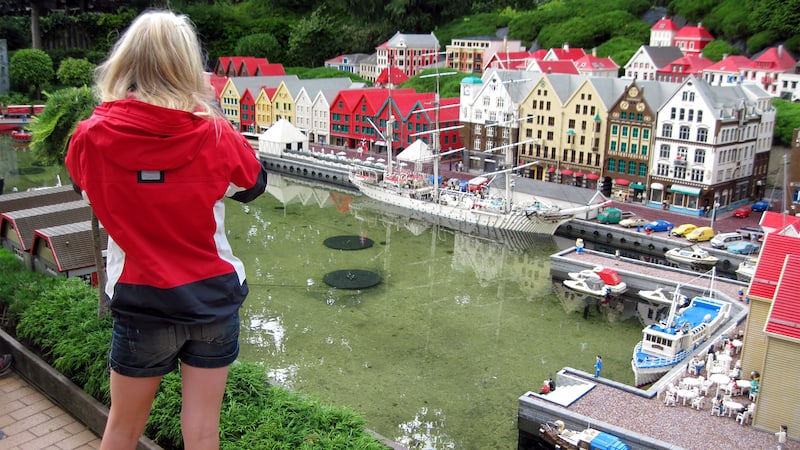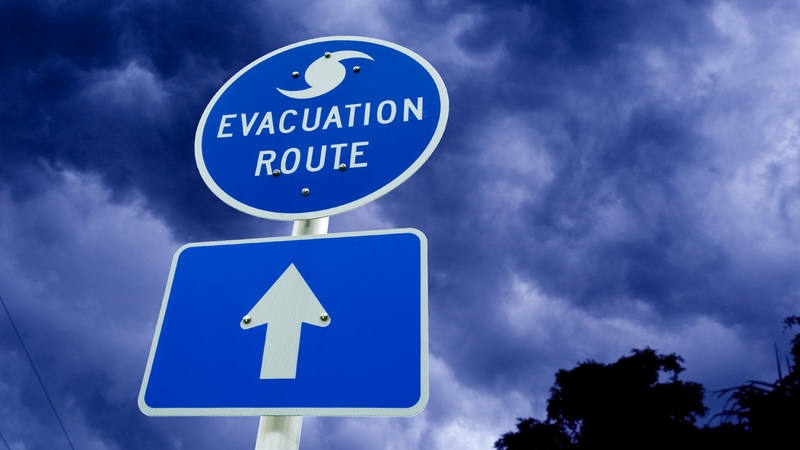Happiness in Denmark
An easy-living lifestyle is a very Danish thing

While Danish destinations are enjoyable to visit, the people themselves are just as remarkable. Danes are “some of the most contented and happiest people on the planet,” says travel writer Rick Steves. Here’s his take on happiness in Denmark.
While Copenhagen is a thriving metropolis, when you venture out into the Danish countryside, you find yourself saying “cute” more than you know you should. When traveling here, I have a running joke with my guide friends. We say, “Everything’s so … Danish.”
Denmark is, simply, cute. Travelers find the society itself is the focus of their “sightseeing.” Poll after poll lists the Danes as some of the most contented and happiest people on the planet. It occurred to me on my last visit that, after a week of travel, I never heard a local person raise their voice.
Embrace the easy-going Danish concept of hygge at home
The local Disneyland – Legoland – is a wildly popular place featuring 58 million Lego bricks built into famous landmarks from around the world. (They claim if you lined them all up, the bricks would stretch from here to Italy.) The place is crawling with adorably cute, ice cream-licking, fair-haired children. Kids are holding their mothers’ hands, learning about the Lego buildings or smiling contentedly as they whip around on the carousel.
In the middle of the countryside roads are perfectly smooth bike lanes – one for each direction. Even out here, there are more bikes than cars. No one’s uptight. If we get into a little traffic jam, everyone takes it in stride.
I’ve been wondering how the Danes pull it off. I think their success relates to handling the “free rider” problem through their social contract. Danes seem to keep in mind the consequences of free riders. (Basically: If I do it, I can get away with it, but if everyone does it, the system will collapse.) They consider what would happen to their society if everyone cheated on this, sued someone for that, took advantage of that technicality, freeloaded here, or ignored a rule there.
Europeans trade off “individual-ism” for “social-ism.” The Danes seem to take it to an extreme. To be honest, I don’t know how well I’d fit in here. But I am intrigued. Danes are famous for not jaywalking. At midnight they still stop for a red light even if there’s no traffic. When I jaywalk anywhere, I do so thinking people will appreciate my lead and follow me. When I jaywalk in Denmark, Danes look at me like I’m a bad influence on the children present.
People laugh politely when I ask if they speak English, responding, “Of course I do.” Conversation flows easy. Here are a few comments I’ve heard:
- “In Denmark you have to work quite hard to find a crack to fall through. A few people with alcohol problems manage to be homeless. Yes, we are the most contented people.”
- “We pay on average 50 percent taxes – yes, worker or big shot, we pay about 50 percent. Of course, we get lots for that. We’ve had national health care since the 1930s. We know nothing else. If I don’t like the shape of my nose, I pay to fix that. But all else is taken care of.”
- “All education is free. And university students get a monthly supplement for living expenses for up to six years. When there is a student demonstration, it’s generally for more pocket money.”
- “We Danes believe a family’s economic status should have nothing to do with the quality of the health care or the education their children receive. I believe in the U.S. you pay triple per person what we pay for health care. (You pay out of pocket. We pay in taxes.) Your system may be better for business … but not better for service.”
In Denmark, things are so costly that it seems people consume more sparingly. The society is designed in a way that encourages people to use less, chew slower, and just sip things. A glass of beer at a restaurant can cost $10. A cup of coffee costs $6 – and free refills are unheard of. I think Danes know they could make more money if they embraced the “big gulp” track and started super-sizing things. But the collective decision is not based just on what’s good for the economy. A Costco economy is just not Danish.
When I saw a tombstone store with “Tak for Alt” (“thanks for everything”) pre-carved into the stones, I figured it was a message from the dead person after living a very blessed life in Denmark. But I asked a Dane and learned that it means something else. It is a message from the living bidding their loved one farewell (like “rest in peace”). Still, I think when a Dane dies, they (more than their loved ones) should say “Tak for Alt.”
PHOTO CAPTION, ABOVE: Denmark’s Legoland features 58 million Lego bricks, some assembled to represent famous landmarks from around the world, such as the historic Bryggen wharf in Bergen, Norway. CREDIT: Rick Steves.

Explore more of Rick Steves’ Europe in Boomer
©2023 RICK STEVES
As an Amazon Associate, Boomer Magazine earns from qualifying purchases of linked books and other products.



